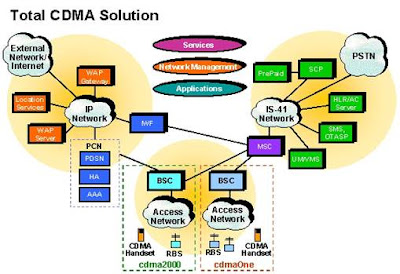Office (GAO) reported on the future of the Global Positioning
System (GPS). To put it lightly, the future does not look good.
At issue is the real possibility that “in 2010, as old
satellites begin to fail, the overall GPS constellation will
fall below the number of satellites required to provide the
level of GPS service that the U.S. government commits to.”
How did we get to this point? Most users of GPS are aware that
many satellites overhead provide the signals they use to map
their position or track their progress across town. How many
users know were GPS came from?
The first GPS was invented in 1610 by Galileo. It involved a
telescope and a table of eclipse times for Jupiter's moons.
Measuring the altitude of Polaris gave your latitude. By using
the eclipsing of Jupiter's moons as “ticks” from a global clock,
the time at home base could be determined (using the book of
tables). Comparing local time with the time at home base
produced longitude, or how far east or west you have gone.
Sure, it seems strange to refer to this as the first Global
Positioning System, but in principle today's GPS and that of
Galileo are identical. Each has a ground segment, a space
segment and a user. Each depends on time for the determination
of distance or location. More importantly, the initial
application was identical: navigation at sea. Galileo's GPS was
submitted to a challenge set by King Philip II of Spain in 1598.
Philip wanted a method for determining longitude (latitude was
easy) in order to reduce the risk of shipping goods from the New
World. It wasn't until 1761 that John Harrison's marine
chronometer became the first practical method for determining
longitude at sea.
Even with John Harrison's clock, the problem of position
determination persisted. This problem has always been highly
important to conducting war. The strategic implication of
knowing your position is multifaceted. Global positioning
affects the principles of warfare that deal with deployment of
mass, economy of force, maneuverability, unity of command,
surprise and simplicity. More important to land warfare is the
challenge of knowing your position despite Fog of War (FOW). FOW
describes the effect of battle field chaos that results in
disorganization, loss of central command and casualties due to
“friendly fire”. Naval warfare has its own FOW to contend with,
but also requires constant attention to one's location due to
the featureless nature of the ocean.
Radionavigation, developed in the 1920's, begins to resemble
today's GPS. Shore-based transmitters and radio direction
equipment aboard ships or planes made up this system. Two or
more stations were required for the navigator to triangulate his
position. This only worked in two dimensions (latitude and
longitude) and also encountered problems during bad weather.
Galileo's method, Harrison's clock and shoreline radio
transmitters represent the incremental advances needed to make
modern GPS. These inventions were motivated by trade and used
for conducting war.
To understand GPS today – to get the big picture – it is
important to realize that the problem it solves is ancient. By
seeing the important role global positioning has always played
in trade and war, today's user can better appreciate the system
they take for granted and the politics involved in its use.










